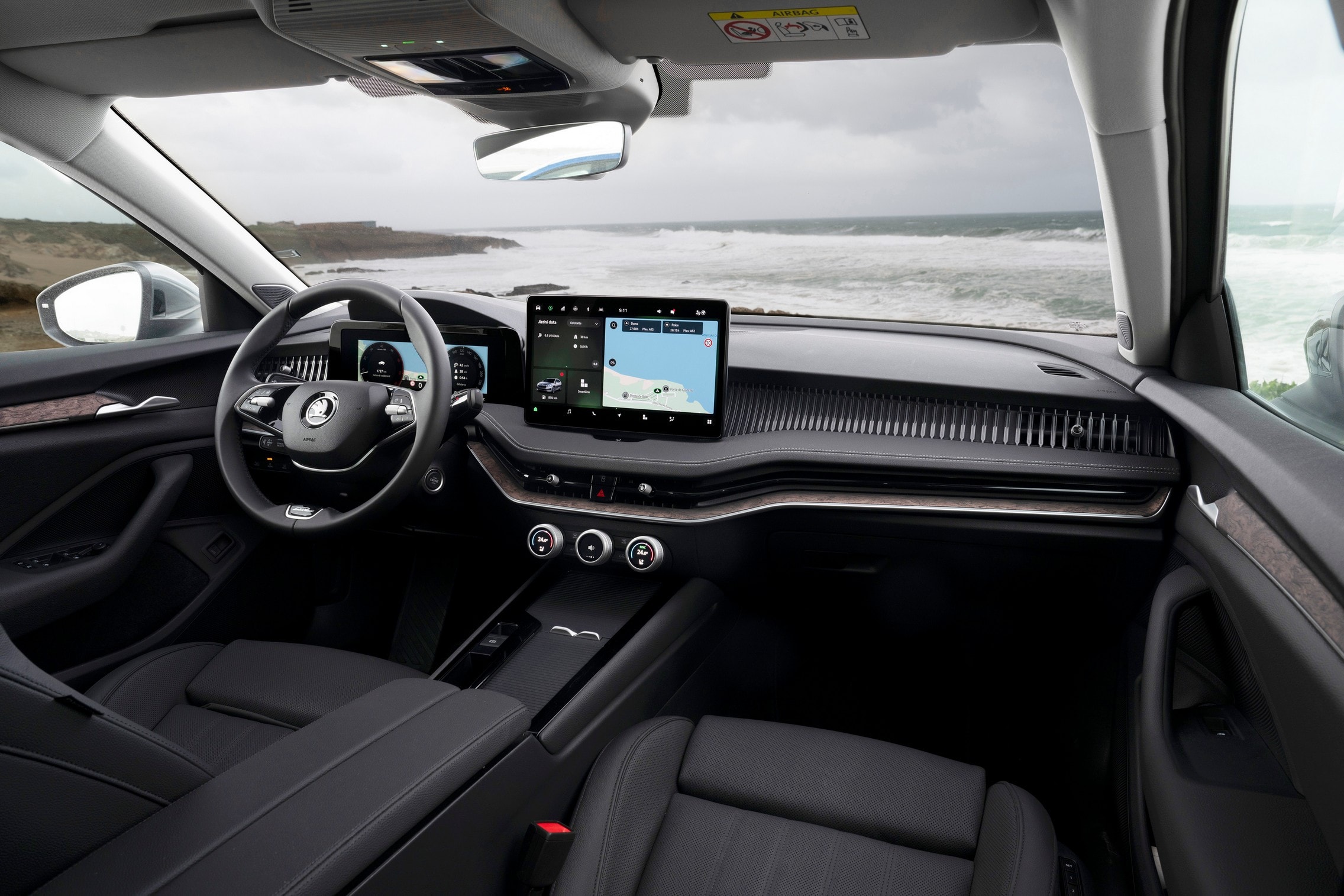The American space agency, NASA, typically associated with outer space exploration, is deeply entrenched in aviation endeavors as well. Presently, the agency is engrossed in projects aimed at revolutionizing aircraft engine technology, advancing Vertical Takeoff and Landing (VTOL) capabilities, and introducing two groundbreaking aircraft models.
Leading the charge is the X-59, a product of the Quiet Supersonic Technology (QueSST) initiative. This aircraft aims to showcase that, with a particular design approach, supersonic flight over land can be achieved without causing disruptive noise levels in American communities.

Complementing the X-59 is the X-66A, part of NASA’s Sustainable Flight Demonstrator program. This project seeks to contribute to America’s ambitious goal of achieving net-zero aviation emissions by 2050, a feat with profound implications in the battle against climate change.
While innovative technology plays a crucial role in these projects, it’s the radical shift in design that drives progress. NASA and Boeing are spearheading a concept known as Transonic Truss-Braced Wing (TTBW) to minimize emissions.
By incorporating diagonal struts to connect the wings to the aircraft body, TTBW offers a distinctive aerodynamic advantage.
This design theoretically enhances lift generation while reducing fuel consumption, potentially slashing it by up to 30 percent compared to existing aircraft models.
Although a purpose-built aircraft is yet to materialize, NASA and Boeing are repurposing an MD-90 single-aisle aircraft, currently undergoing modification in Palmdale, California, to serve as the X-66A prototype.
Accompanying the project are numerous computer-generated images, including a recent release from NASA showcasing the aircraft above the clouds, its truss-braced wings exemplifying its unique design.
Despite these advancements, it will be several years before the successors of the X-66A take to the skies. Test flights for the purpose-built demonstrator aren’t scheduled until 2028, though the modified MD-90 may take flight sooner.
Even then, the widespread adoption of TTBW and other innovations in aircraft design will require additional time and effort from the industry.

